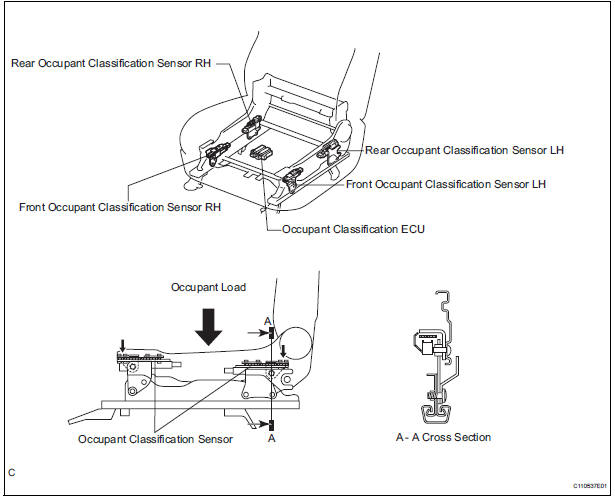
Toyota Sienna Service Manual System description Occupant classification system Supplemental
Our BodySense occupant classification system helps avoid such risks. Thanks to its capacitive technology, it reliably suppresses the airbag in the presence of child seats on the front passenger seat and prevents risks of injuries. This intelligent sensor system safely makes the difference between the presence of an adult passenger for whom the.
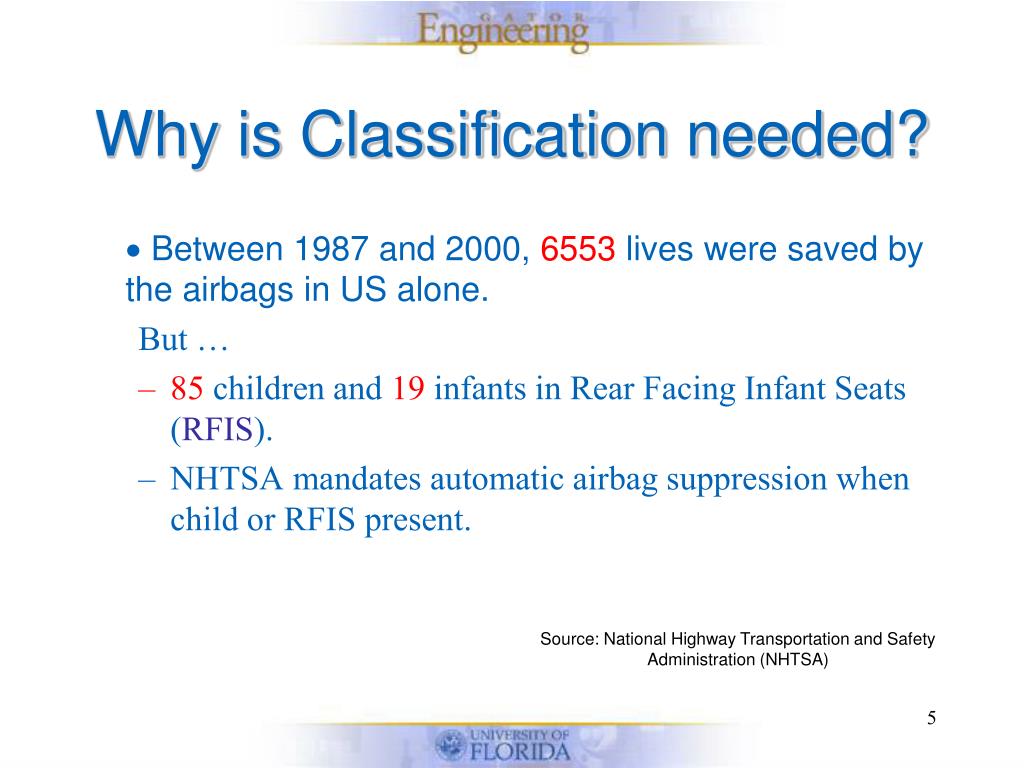
PPT Occupant Classification System for Automotive Airbag Suppression PowerPoint Presentation
Occupant Classification System 141 Figure 9 shows the role of the Coherence Parameter in the occupant classification. Again, an equal number of cells are activated in both cases. In the left profile the cells are forming a coherent area, while they are distributed in a discontinuous manner in the right (non-human) profile.

Occupancy Classifications in NFPA 101®, Life Safety Code® YouTube
when diagnosing a DTC B1650- "Occupant Classification System Malfunction". This DTC may also be accompanied by B1760, B1761, B1771 or B1795 as found in the Occupant Detection control module. The new procedure is designed to help avoid unnecessary part (seat cushion assembly) replacements. SERVICE PROCEDURE / INFORMATION: IMPORTANT NOTES:

PPT Chapter 2 PowerPoint Presentation, free download ID1252476
The occupant classification system is used to classify an occupant type into an adult, a child, a child seat, or an object. The inputs are depth images from a time-of-flight based depth camera.
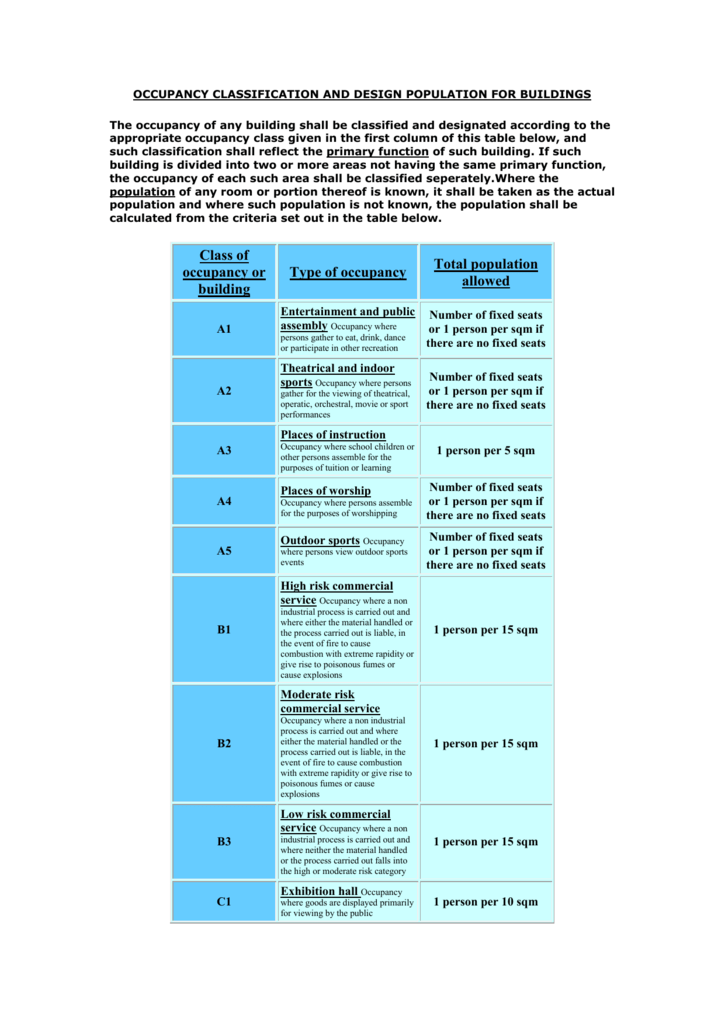
occupancy classification and design population for buildings
Occupant Classification Sensors airbags supplemental restraint systems. Occupant classification sensors (OCS) are a relatively new addition to vehicle safety systems. They all provide the same function but do not all operate the same. Because of the design and the way they perform their jobs, each manufacturer has a different set of repair.

Patent US8818637 Occupant classification system Google Patents
Seats now may have an occupant classification system (OCS), airbags, haptic feedback (vibrating seats), or heated and cooled seats. These systems typically go beyond simple switches and relays and rely on control modules and computers to make them function. OCS have been an integral part of supplemental restraints systems (SRS) since the early.

Occupant Classification System Child safety Safety XC40 2023 Volvo Support
Make sure the OCS (occupant classification system) is not below 6º C (42.8º F) or above 36º C (96.7º F) when initiating the OCS (occupant classification system) reset process. If the vehicle has been exposed to extreme cold or hot temperatures, the vehicle must be exposed and kept at a temperature between 6º C (42.8º F) to 36º C (96.7º.

Occupancy classification, IBC, NFPA 101, Simple illustration for code, تصنيف الاستعمالات للمباني
The need for a Toyota Occupant Classification System calibration will vary based on the vehicle being repaired, Eric Mendoza of Toyota collision operations told the SCRS OEM Collision Repair Techno…
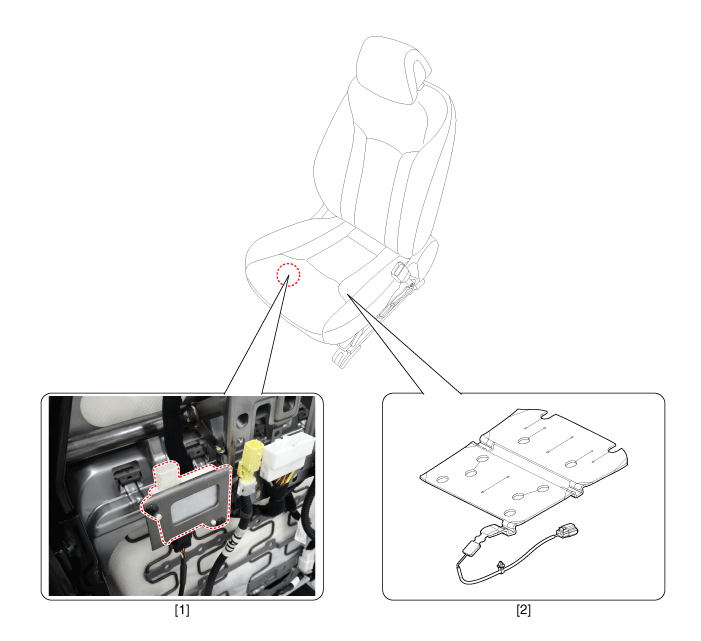
Occupant Classification System (OCS) Seat Weight ubicaciondepersonas.cdmx.gob.mx
For that reason, car companies are required to equip certain vehicles with Occupant Classification Systems (OCS)— a system of sensors that detect who's sitting in the passenger seat.OCS eliminates the need for an on/off switch for airbags in most cases because it uses sophisticated computer technology to identify whether an adult or a child is in the seat.
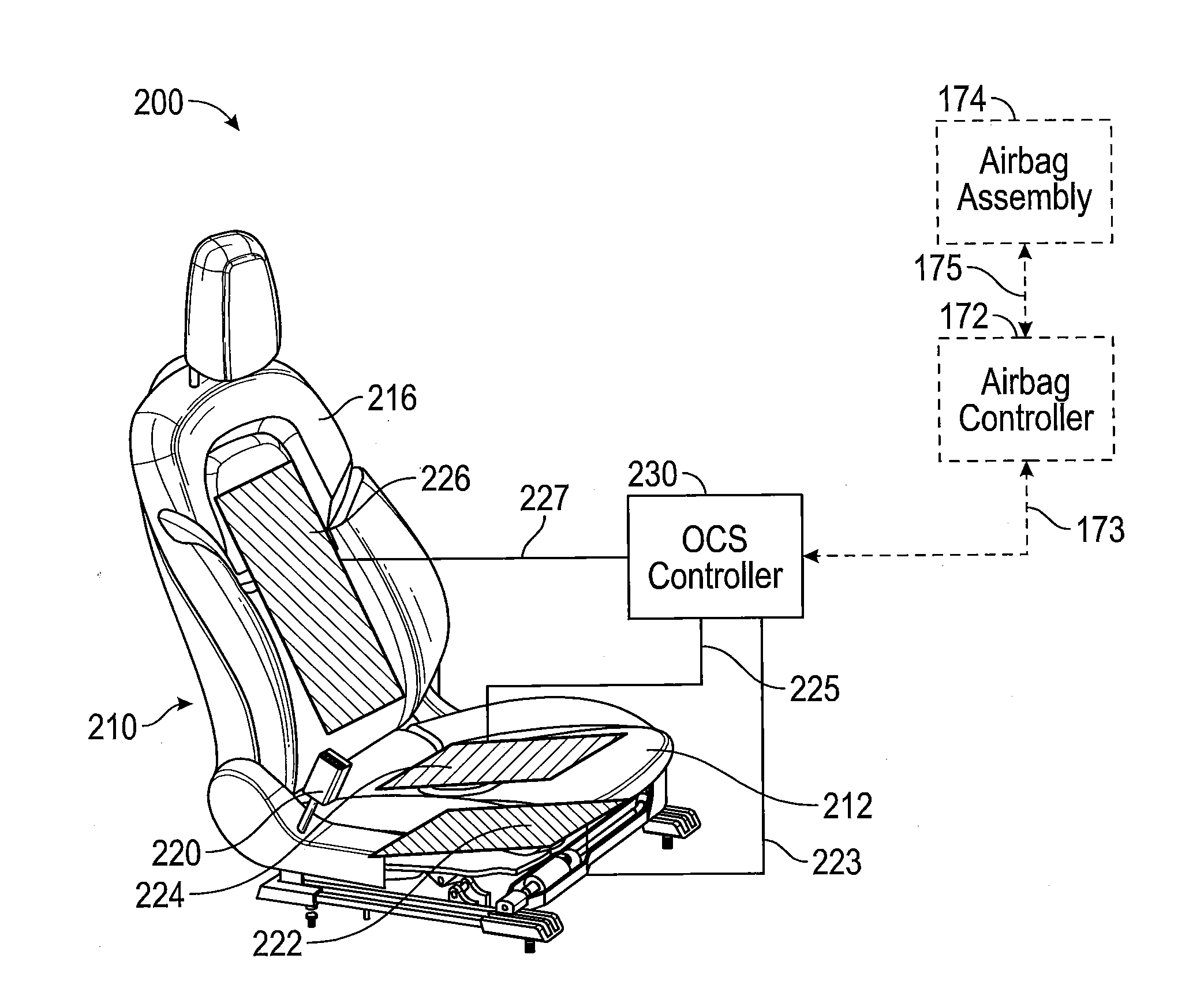
Sensors For Vehicle Occupant Classification Systems And Methods Aina; Akin ; et al. [Tesla, Inc.]
The Occupant Classification System (OCS) is designed to classify the front seat occupant and automatically turn OFF (inhibit) the passenger air bag under some conditions. Section 1 of the Owner's Manual has a detailed description of how the occupant classification system is designed to operate in accordance with federal
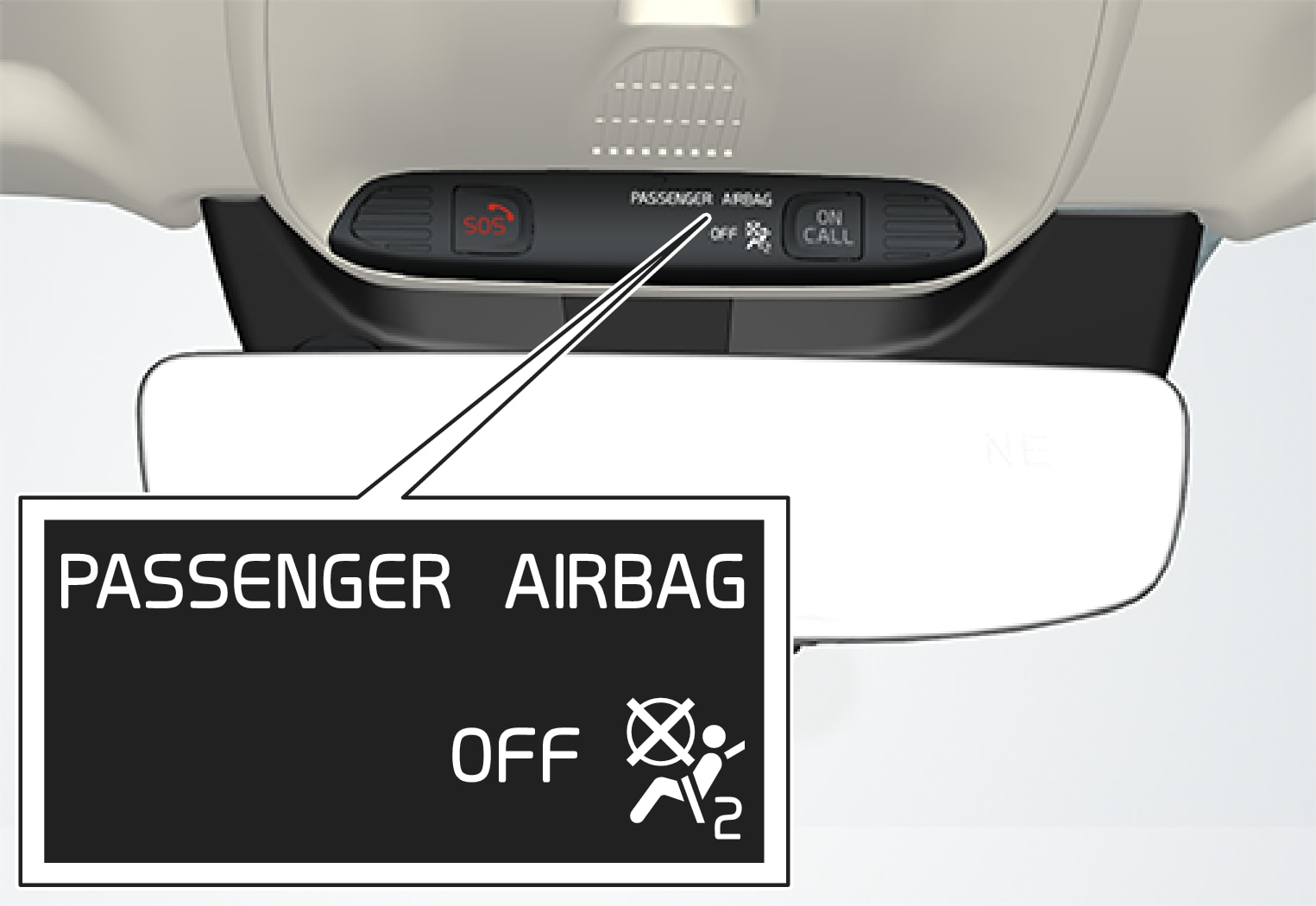
Occupant Classification System Child safety Safety XC40 2023 Volvo Support
The Occupant Classification System (OCS) is designed to classify the weight of the front seat passenger and automatically turn OFF the front passenger air bag under certain conditions. The following article is intended to help clarify OCS function that pertains to the diagnosis and evaluation of the 2-sensor Occupant Classification System (OCS.

OCS Occupant Classification System YouTube
SERVICING OCCUPANT CLASSIFICATION SYSTEMS The left screen capture shows diagnostic trouble code B1BBC - OCS Negative System Weight from a passenger air bag system. The scan data in the right screen capture verifies the current fault condition; the RF PSWS-2 sensor shows 24kg. The diagnostic process should begin with a visual inspection of the.

(PDF) An LVQbased Automotive Occupant Classification System
Integrated foam sensor multi-zone (IFS-M) is an occupant classification system designed to fulfill "FULL" suppression (i.e. 1YO/3YO/6YO suppression). IFS and IFS-M are integrated beneath the seat foam making both systems robust against misuse and liquids as well as providing a high level of durability. Play movie
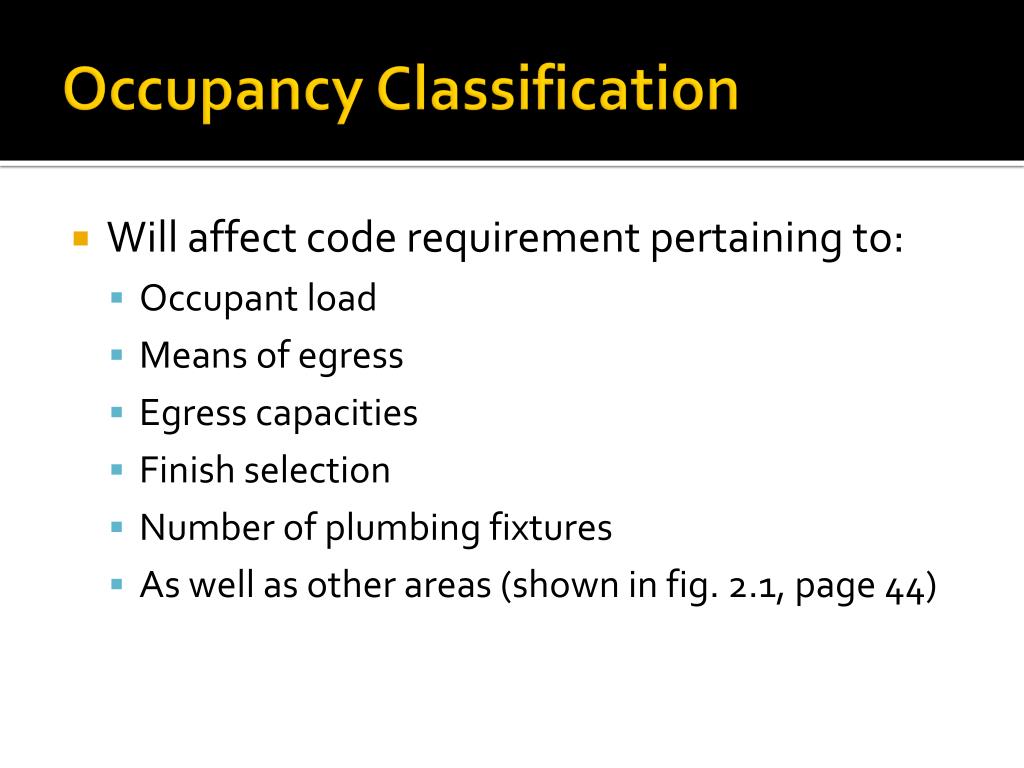
PPT Chapter 2 PowerPoint Presentation, free download ID5124807
Our Occupant Classification (OC) sensor system is based on analysis of the seat occupancy pressure profile, which discerns human like from human unlike profiles. If the occupancy is identified as a person, an allocation into one of four morphologic ranges is made. Accordingly, children, light adults, heavy children, medium adults, heavy adults.
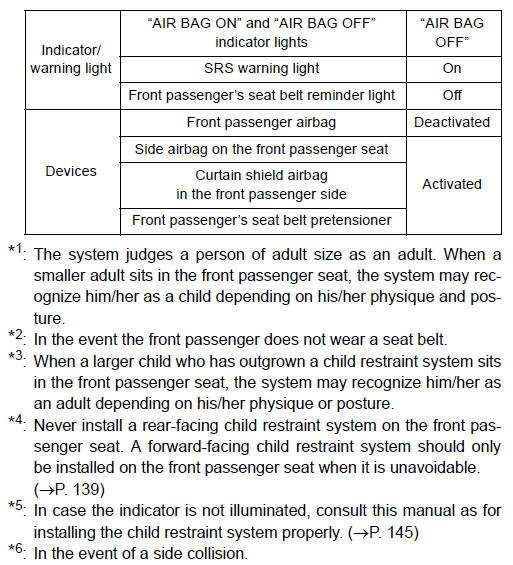
Toyota Venza Front passenger occupant classification system Safety information Owners Manual
The Occupant Classification System (OCS) is designed to classify the size of the front seat passenger and automatically turn OFF the passenger air bag under some conditions. Section 1 of the owner's manual has a detailed description of how the occupant classification system is
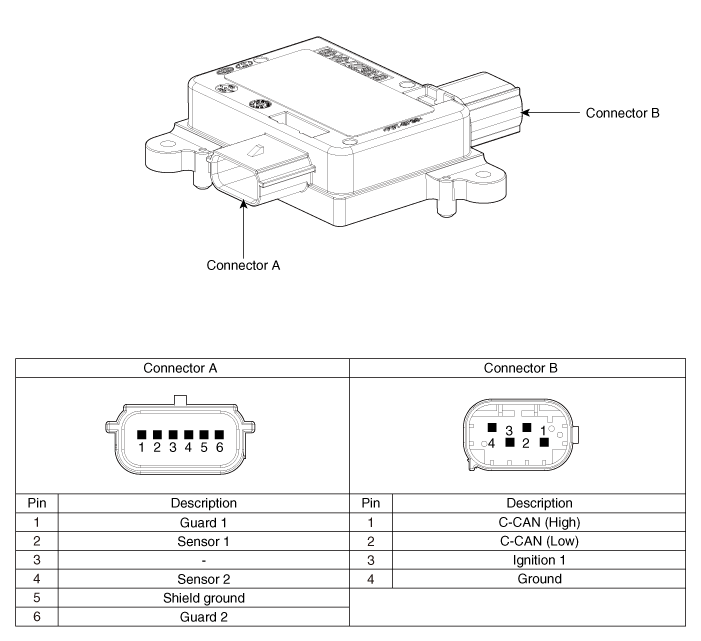
Occupant Classification System (OCS) Seat Weight ubicaciondepersonas.cdmx.gob.mx
What is OCS - Occupant Classification System? Like many of the electrical systems on a vehicle, the Safety Restraint System relies on inputs from sensors to provide feedback to the Center Airbag.